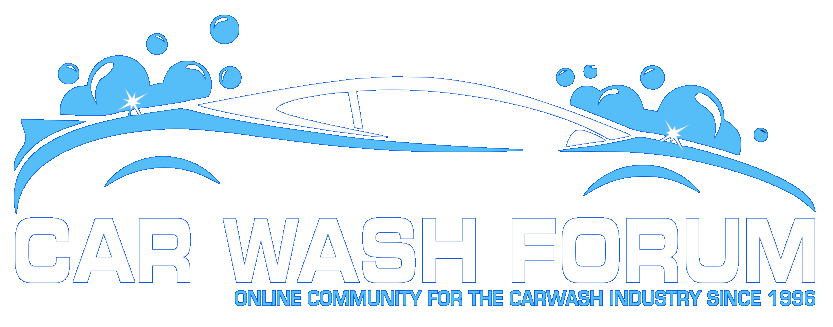This is another great site with info. It is also possible that the water supply itself is contaminated and has nothing to do with a reclaim system and that the people infected are immunocompromised as Legionella is naturally occuring is water and the wands again aerosolized it.
http://www.hc-sc.gc.ca/ewh-semt/pubs/water-eau/pathogens-pathogenes/legionella_e.html
Legionellae were first recognized as human pathogens after a 1976 outbreak of pneumonia among veterans attending a convention in Philadelphia. Since that time, at least 42 distinct Legionella species have been identified. Approximately half of these species have been associated with disease in humans, with the majority of illnesses resulting from Legionella pneumophila infection.
Unlike most other common waterborne pathogens, Legionella species are naturally present in water environments, including surface water (Palmer et al., 1993) and groundwater (Lieberman et al., 1994). Their ubiquitous nature reflects their ability to survive under varied water conditions, including temperatures from 0 to 63?C and a pH range of 5.0-8.5
In human-made systems, Legionella colonizes various locations within buildings (e.g., cooling towers, hot water tanks, shower heads, aerators) and contaminates potable water and air. Generally, the areas of a human-made system contaminated with legionellae are those where biofilm formation is most prevalent. This is because Legionella can thrive in biofilms.
Concentrations have been found to be as much as 10 times higher in biofilms from faucets than from water collected from that faucet (Ta et al., 1995). There is some evidence that pipe material can also affect colonization by legionellae.
There are two distinct illnesses caused by Legionella: Legionnaires' disease and Pontiac fever. Collectively, these illnesses are referred to as legionellosis.
Legionnaires' disease is a severe pneumonia that can be accompanied by extrapulmonary manifestations, such as renal failure, encephalopathy, and pericarditis (Oredugba et al., 1980; Johnson et al., 1984; Nelson et al., 1985). Other common early features include confusion, disorientation, lethargy, and possible gastrointestinal symptoms, such as nausea, vomiting, and diarrhoea (U.S. EPA, 2001). The incubation period is generally 2-10 days. One problem in diagnosing Legionnaires' disease is a lack of any specific symptom that distinguishes it from other bacterial pneumonias. Early diagnosis and consequently appropriate antibiotic therapy are important in successfully treating the disease. Overall, the mortality rate of Legionnaires' disease is approximately 15%
Individuals considered to be at the highest risk of contracting Legionnaires' disease are those who are immunocompromised, especially transplant patients, and those with underlying lung conditions. Outside of the high-risk category, other predisposing risk factors commonly acknowledged include being male, smoking, alcoholism, being over 40 years of age, working more than 40 hours a week, and spending nights away from home. It is therefore not surprising that children and young people are rarely affected by the disease
As with other bacteria, physical removal mechanisms used during drinking water treatment, such as coagulation, flocculation, sedimentation, and filtration, will reduce the number of Legionella present in finished water. Disinfection can further lower the number present. In comparison with indicator organisms commonly used in the drinking water industry, such as E. coli or total coliforms, a higher CT value (i.e., a longer contact time, a higher disinfectant concentration, or a combination of both) is necessary to achieve a comparable level of reduction in Legionella using chlorine, chlorine dioxide, and ozone.



